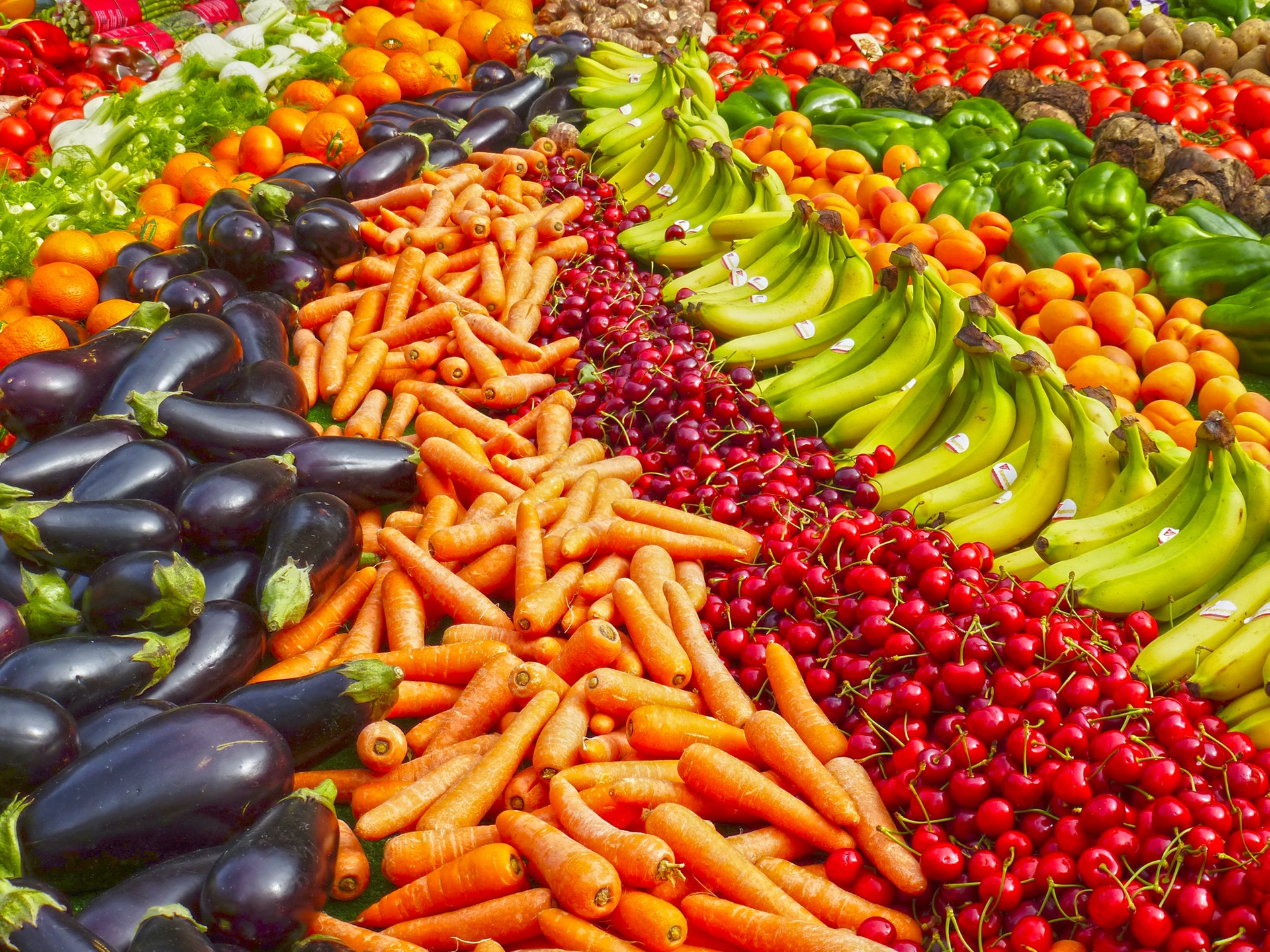By nature, human beings can be pessimistic. But, depending on their political persuasion, people tend to focus on different things. Among the Progressive shibboleths in recent decades were concerns over overpopulation, exhaustion of natural resources and coming widespread famine. Data, however, tells a different story. The population growth is leveling off and food is more plentiful than before. The New York Times and the National Public Radio were forced to admit as much in two articles over the last couple of days.
On May 31, 2015, the New York Times published a story entitled “The Unrealized Horrors of Population Explosion.” The article admits that the planet is not facing a problem of overpopulation. In fact, due to increased prosperity around the world, women have access to more information, education, and career choices. Female empowerment combined with the massive improvements in healthcare and dramatically falling infant mortality rates, have led to total fertility rate plummeting from 5 babies per woman in the 1950s to 2.5 in 2010s.
To put it in the dry language of economics, as women’s earning potential increases, the opportunity cost of having babies increases as well. As such, more women chose to enter the labor force rather than stay at home and raise the children. The TFR of 2.5 babies per woman is still above the replacement rate of 2.1, but United Nations’ demographers predict that the world’s population will level off at 9 billion people and then start falling. That is already happening in a number of European countries. German population, for example, is predicted to decline from 80 million today to 71 million in 2060.
So much, then, for the “settled” overpopulation consensus, which led, among other things, to forced sterilization of thousands of Indian men and women. As one author writes, “Incentives – radio sets, cash, food – were offered at first to volunteers who put themselves under the knife. When these failed to attract big numbers, Sanjay [Gandhi who was the son of the then Prime Minister Indira Gandhi and in charge of forced sterilization] handed down targets to government officials. The ‘find and operate’ missions that followed were directed at the most vulnerable and defenseless individuals in the country…. One [Indian] state reported 600,000 operations in two weeks…. Policemen on sterilization assignments ransacked entire villages in their pursuit of adult men. The threat to drop bombs on villages was issued.”
(The Stanford University professor Paul Ehrlich, who more than anyone was responsible for the overpopulation hysteria that gripped the late 1960s and 1970s, is still alive, still publishing, still listened to and still admired. He owes the world an apology.)
Let’s turn to the question of food supply. On June 1, 2015, the NPR published an article entitled “There Are 200 Million Fewer Hungry People Than 25 Years Ago.” According to the state broadcaster, “The world isn’t as hungry as it used to be. A U.N. report has noted that 795 million people were hungry in the year 2014. That’s a mind-boggling number. But in fact it’s 200 million lower than the estimated 1 billion hungry people in 1990. The improvement is especially impressive because the world population has gone up by around 2 billion since the ’90s.”
Put differently, hunger is in retreat in spite of a still-growing population. Why? Because of increasing crop yields facilitated by modern machinery, synthetic fertilizers and faster transport. To give one example, in 1866, American farmers produced 24 bushels of corn per acre. In 2012, they produced 122 bushels of corn per acre. Concomitantly, the price of corn declined from $5.55 in 1866 (1982 dollars) to $3.15 in 2012.
As Professor Jesse H. Ausubel of the Rockefeller University points out, “If the world farmer reaches the average yield of today’s US corn grower during the next 70 years, ten billion people eating as people now on average do will need only half of today’s cropland. The land spared exceeds Amazonia. This will happen if farmers sustain the yearly 2 percent worldwide yield growth of grains achieved since 1960, in other words if social learning continues as usual.”
(The hero of increasing crop yields and improved global food supply was the father of the Green Revolution, Norman Borlaug, who is credited with saving more human lives than anyone in history. The world owes him a great deal of gratitude.)
It took a while for the New York Times and NPR to acknowledge what anyone familiar with Professor Julian Simon’s work has known since the publication of Simon’s 1981 book The Ultimate Resource. The key to feeding a growing population is to realize that human beings are intelligent animals. Unlike rabbits, people can find ways around scarcity.
This post originally appeared in Cato at Liberty on June 2, 2015.

